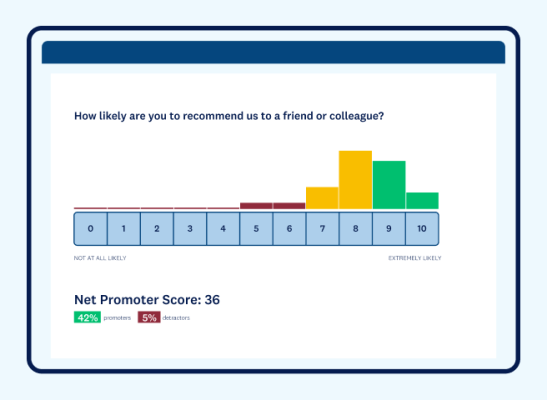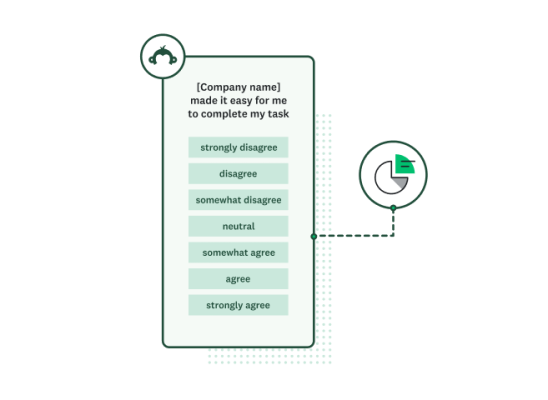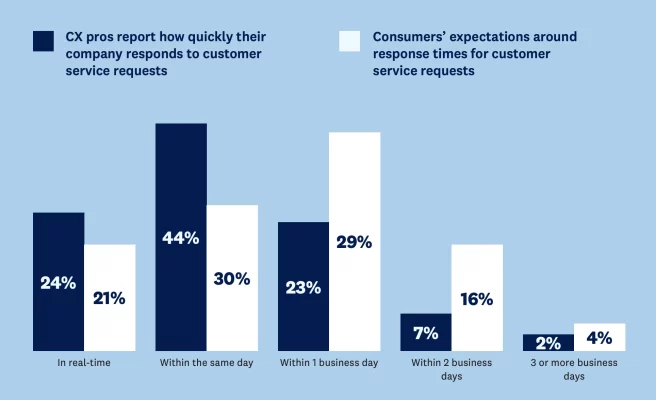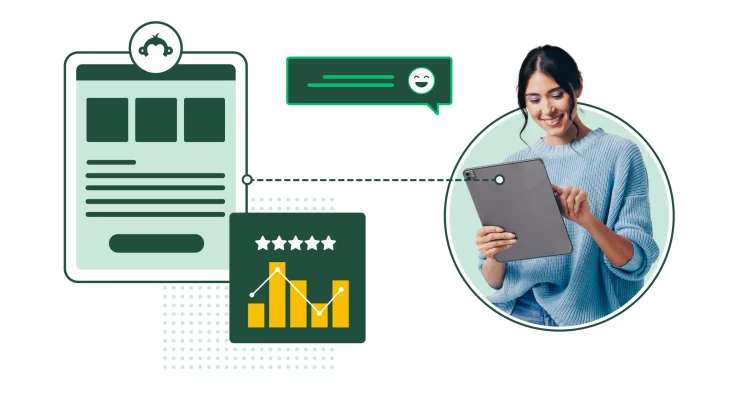Happy customers are the lifeblood of every business. Loyal customers contribute to an organization's long-term success and growth by providing positive word-of-mouth referrals and driving revenue.
Cultivating a loyal customer base in today's socioeconomic landscape isn't an easy feat. As economic uncertainty looms, customer experience (CX) pros are steadfast in improving retention. So much, in fact, CX pros rate customer retention as their team's top priority.
To better understand the evolving customer experience landscape, we surveyed CX professionals and consumers, uncovering insights to transform how CX professionals engage with customers.
Read on to learn more about four research-backed customer retention strategies or grab your copy of the full report: The state of CX: Emerging trends, challenges, and opportunities.
#1: Improve customer engagement
By keeping your customers informed about new products, promotions, or changes through regular communication, they are more likely to have your company top of mind, feel valued, and develop stronger brand loyalty.
An intentional and proactive approach can increase repeat business, positive word-of-mouth recommendations, and a deeper connection between your brand and your customers.
“Customer understanding is the cornerstone of customer-centricity. To design a better experience at critical touch points across the customer lifecycle, you’ll need to listen to customers, understand their needs and how well you’re performing against them, and incorporate their feedback into delivering the experience they deserve.” -Annette Franz, CCXP Founder + CEO CX JOURNEY Inc.
You’ll never know what customers seek if you don’t ask. Actively seek their opinions, suggestions, and experiences with your products or services. This shows that you value their input and provides valuable insights into their needs and preferences.
By listening and responding to their feedback, you demonstrate a commitment to continuous improvement, which can enhance customer satisfaction and build a stronger rapport. Moreover, involving customers in shaping your offerings can create a sense of ownership in your brand, fostering long-lasting relationships.
#2: Measure vital CX metrics
By tracking key customer metrics, your team can identify areas of strength and see where your processes and products can be improved. Implementing these vital CX metrics will enable your team to develop new strategies and track their effectiveness once implemented. Here are a few to get you started.
NPS®
Net Promoter Score® (NPS) is a metric that gauges the strength of your relationship with your customers and their loyalty to your business with just one question: “How likely are you to recommend us to a friend or colleague?”

NPS is an essential metric because there is a high correlation between a company’s NPS score and its revenue. Increases in NPS can signal more robust growth and profitability ahead. This metric can also provide year-over-year benchmarks and industry comparisons with competitors.
CX professionals can use NPS effectively at milestone marks in a customer journey, such as after onboarding or before a membership renewal process. NPS is also a valuable tool to use after direct customer interactions, including customer service calls, complaint resolutions, and surprise and delight initiatives.
Related: Learn more about how to use NPS surveys to create the best customer experience.
Customer Satisfaction Score (CSAT)
Customer Satisfaction Score is another standard metric for all customer experience departments. In fact, customer experience professionals say the most important metric for their company’s CX focus is CSAT. While NPS often measures a customer’s opinion of the company overall, CSAT measures satisfaction with a specific product or service.
CSAT is expressed as a percentage of customers satisfied with a company’s product or service out of the total number of survey participants. People respond to a single survey question, asking customers to rate their overall experience with your brand, company, or product.
Respondents will then answer on a five-point scale with a rating assigned to each level of satisfaction:
- Very Unsatisfied
- Unsatisfied
- Neutral
- Satisfied
- Very Satisfied
Depending on your survey goal, ask at least one open-ended question to give customers a chance to explain their ratings or to share issues not represented in the survey.
CSAT survey question examples:
- How satisfied are you with our onboarding experience?
- How would you rate your overall satisfaction with the event you recently attended?
- How satisfied are you with your recent experience on our website?
- How would you rate your satisfaction with your recent online purchase experience?
- How satisfied are you with your recent customer support experience?
- How would you rate your overall satisfaction with [company]?
Consistently monitoring CSAT scores and linking them to various business outcomes can help organizations:
- Drive higher customer satisfaction
- Improve loyalty
- Increase revenue
- Capture a stronger market position
- Showcase the ROI of CX initiatives (check out our guide that'll help you do just that!)
Related: Read our CSAT guide to learn how you can foster long-term loyalty and retention.
Customer Effort Score (CES)
The Customer Effort Score (CES) asks the customer to score the level of effort involved with a specific interaction. The CES survey asks customers to agree or disagree with the statement: “[Company/service] made it easy for me to handle my issue.”
This measure is most effective for customer service or another routine experience where low effort is the main driver of customer loyalty. The respondent can choose from seven answer choices ranging from strongly disagree (score 1) to strongly agree (score 7). You should also include an open-ended follow-up question that asks for feedback on the response.

In surveying a customer after a service interaction, you can collect valuable insights that help your teams make data-driven decisions that inform organizational change. The main goal is to identify the areas that require too much customer effort.
If you receive a poor CES score, it’s a great opportunity for service recovery. Set up notifications for your CES survey so that when a customer shares frustration and dissatisfaction due to high effort (pick a certain threshold, like a CES score of 2), the appropriate service agent receives a notification and can follow up promptly.
#3: Quickly respond to customer needs
When customers feel heard and see that their feedback has led to concrete actions or improvements, they are more likely to perceive your company as genuinely committed to their satisfaction. This builds trust, enhances the overall customer experience, and increases the likelihood of retaining the customer.
Timely responsiveness is a crucial aspect of this process, as it demonstrates to your customers that their concerns, preferences, and suggestions have been taken seriously and translated into actionable steps. In fact, 80% of consumers expect a response to customer service requests within one business day.

#4: Don’t forget to say “thank you”
A common courtesy often overlooked by CX teams, but goes a long way in the minds of consumers is remembering to say 'thank you'. Showing gratitude to your customers can be integrated at a number of points during the customer journey:
- After purchase of a product or service
- Several days after use of service or delivery of product
- Anniversary of product purchase
- Nearing the end of a subscription
Expressing gratitude to your customers, whether through exclusive loyalty offers or a personalized note, is a simple yet effective way to keep your customers returning time and time again. It creates a sense of appreciation and acknowledgment, strengthening the emotional bond between your brand and your customers.
This practice not only reinforces positive feelings about their interactions with your company but also enhances the overall customer experience, contributing to higher customer satisfaction and increased customer retention rates.
Keep the customers you already have
By enhancing customer engagement, monitoring key performance metrics, and swiftly addressing customer requirements, businesses can solidify their customer relationships. This multifaceted approach not only nurtures stronger bonds with existing customers but also fosters trust and loyalty. Download the State of CX report to explore more research-backed tips to help your customer experience team thrive.
The state of CX: Emerging trends, challenges, and opportunities
Net Promoter® and NPS® are registered trademarks of Bain & Company, Inc., Satmetrix Systems, Inc., and Fred Reichheld.




